For decades, vaccines have been synonymous with preventing infectious diseases like measles or polio. But science has progressed remarkably, and researchers are now developing vaccines to tackle some of humanity’s toughest challenges—cancer, HIV, Alzheimer’s, and even drug addiction. These new-generation vaccines don’t just aim to prevent infections but also to treat existing diseases or reduce the risks of recurrence, opening new frontiers in medicine.
1. HPV Vaccine: Preventing Cancer Before It Starts
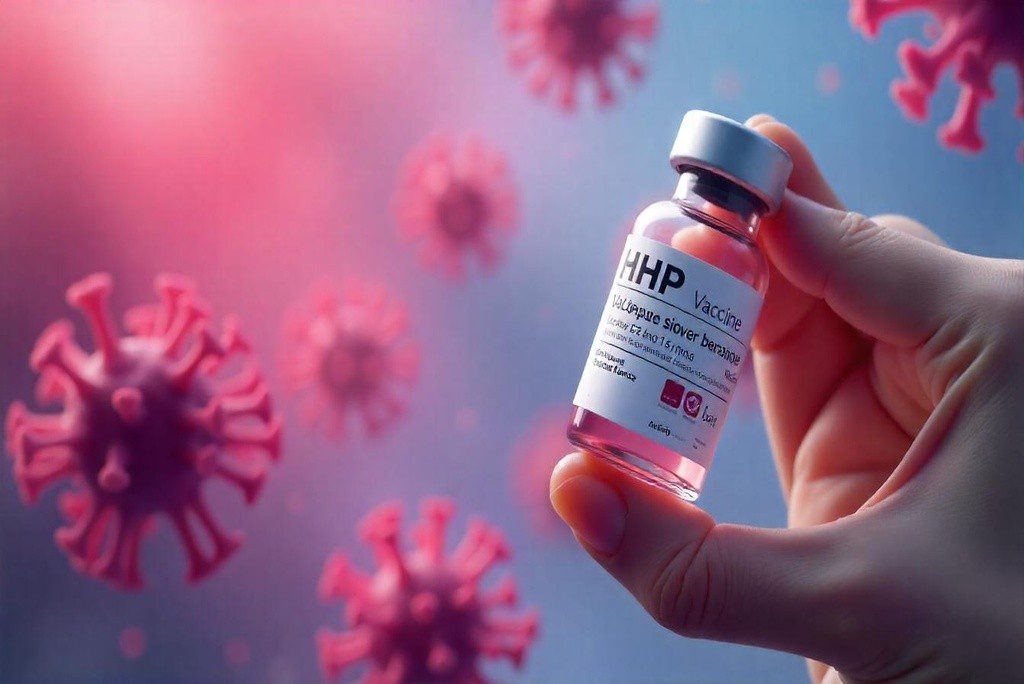
Human papillomavirus (HPV) is a leading cause of cervical cancer, as well as cancers of the throat, anus, and genitals. The HPV vaccine, such as Gardasil 9, protects against multiple strains of the virus and has proven highly effective in preventing infections that can lead to cancer. Studies show it can reduce cervical cancer rates by as much as 87% in vaccinated women compared to unvaccinated peers.
It’s often administered to preteens before sexual activity begins, but adults up to age 45 may still benefit. The vaccine’s impact is broader than individual protection—it contributes to herd immunity, reducing virus circulation in the population. Countries like Australia, which have achieved high vaccination rates, are on track to virtually eliminate cervical cancer as a public health problem by 2035.
Learn more from the Centers for Disease Control and Prevention.
2. mRNA Vaccines for Cancer

The success of mRNA vaccines for COVID-19 paved the way for mRNA-based cancer vaccines. These personalized vaccines work by training the immune system to recognize and attack specific proteins (neoantigens) produced by an individual’s cancer cells.
Moderna and BioNTech, for instance, are running clinical trials testing personalized mRNA vaccines in melanoma patients, with promising early results showing reduced recurrence rates. Unlike traditional vaccines, these are tailored to the patient’s tumor genetics, offering a targeted therapy approach.
The potential extends to other cancers, including pancreatic and lung cancers. However, challenges remain: the cost of personalization, the time required to develop each patient-specific vaccine, and ensuring robust immune responses across diverse cancer types.
Explore current clinical trials and advances via Cancer Research Institute.
3. HIV Vaccines: A Complex Challenge

Despite four decades of research, an effective HIV vaccine remains elusive. HIV’s rapid mutation rate and ability to hide in immune cells complicate vaccine development. Nonetheless, innovative approaches are advancing, including mRNA vaccines similar to those used for COVID-19.
A 2022 trial by Moderna and the International AIDS Vaccine Initiative (IAVI) showed that an mRNA HIV vaccine could stimulate rare B cells capable of producing broadly neutralizing antibodies—an essential step toward effective prevention.
Other candidates are exploring mosaic immunogens to cover diverse HIV strains globally. Though significant hurdles remain, each breakthrough fuels hope that a safe, protective HIV vaccine may finally become a reality.
Read more at the National Institutes of Health HIV Vaccine Research.
4. Hepatitis B Vaccine and Liver Cancer
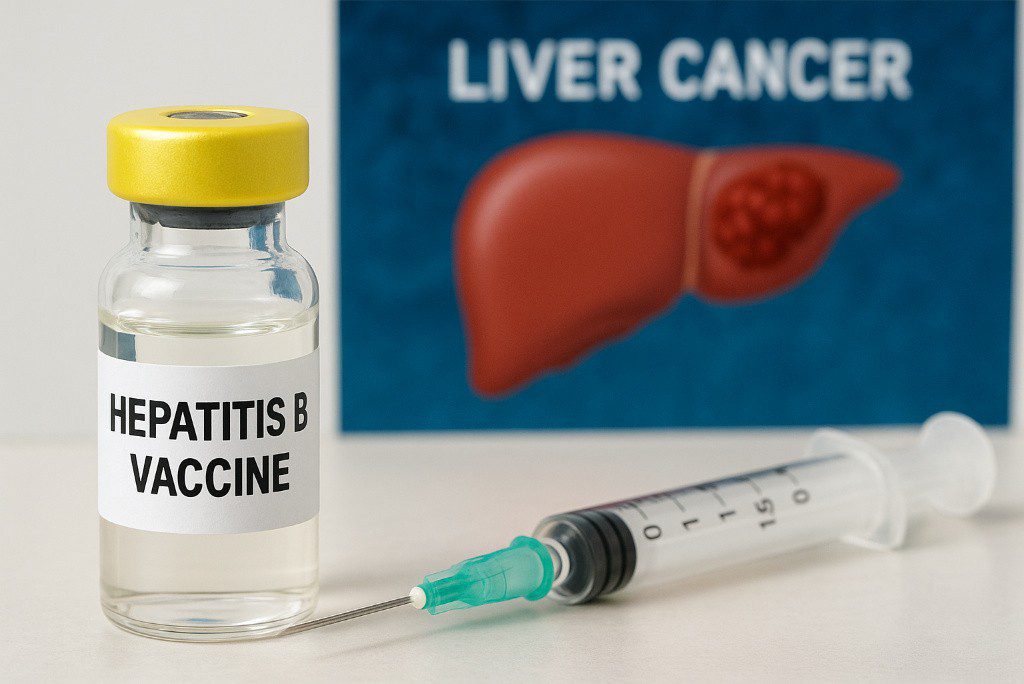
Globally, chronic hepatitis B is a major contributor to the development of liver cancer. Fortunately, the hepatitis B vaccine has been a global public health success. Since its introduction, liver cancer rates have dropped significantly in vaccinated populations.
Administered in infancy or early childhood, this vaccine prevents chronic infection, dramatically reducing the risk of cirrhosis and liver cancer later in life. In Taiwan, for example, liver cancer incidence in children dropped by 70% after implementing universal vaccination.
For adults at risk (healthcare workers, people with multiple sexual partners, those with liver disease), vaccination remains crucial. The World Health Organization aims to eliminate hepatitis B as a public health threat by 2030.
More information from the World Health Organization.
5. Therapeutic Cancer Vaccines: Provenge
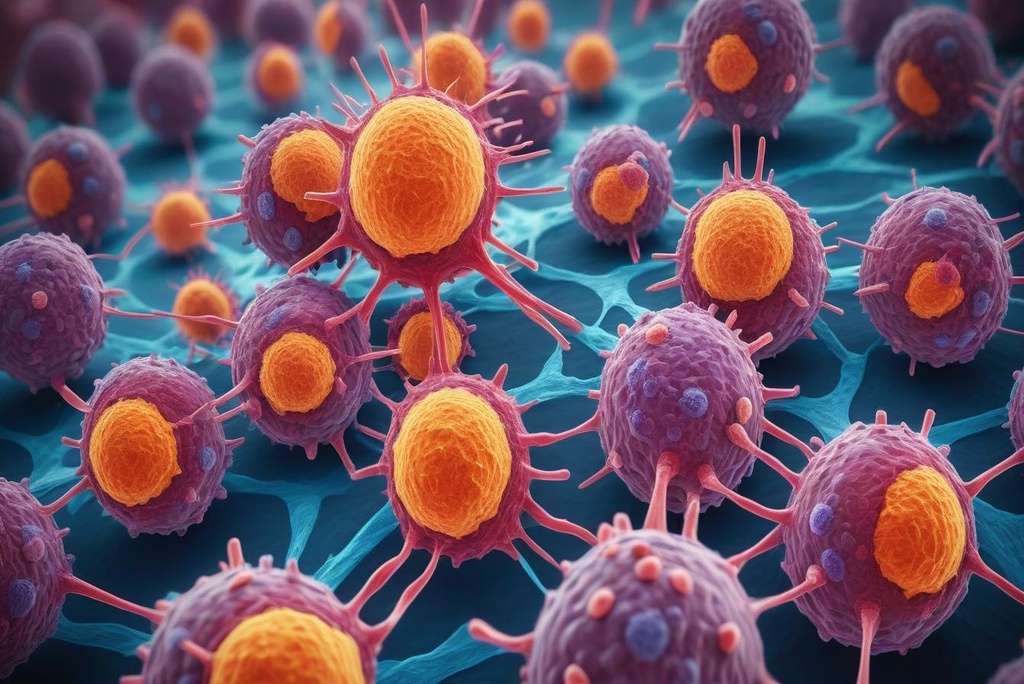
Unlike preventive vaccines, therapeutic cancer vaccines help treat existing cancers. Provenge (sipuleucel-T) was the first FDA-approved therapeutic cancer vaccine, used for advanced prostate cancer. It works by harvesting a patient’s immune cells, exposing them to a prostate-cancer antigen, then reinfusing them to stimulate an anti-cancer response.
Though Provenge only modestly prolongs survival (about 4 months), it proved the principle that vaccines can treat cancer. It paved the way for further research into cancer immunotherapy, inspiring vaccines under development for breast, lung, and brain tumors.
Researchers continue to explore combinations with checkpoint inhibitors to boost effectiveness. Still, the personalized manufacturing process makes such therapies expensive and complex.
See details on Cancer.gov.
6. RSV Vaccines: Protecting Infants and Seniors
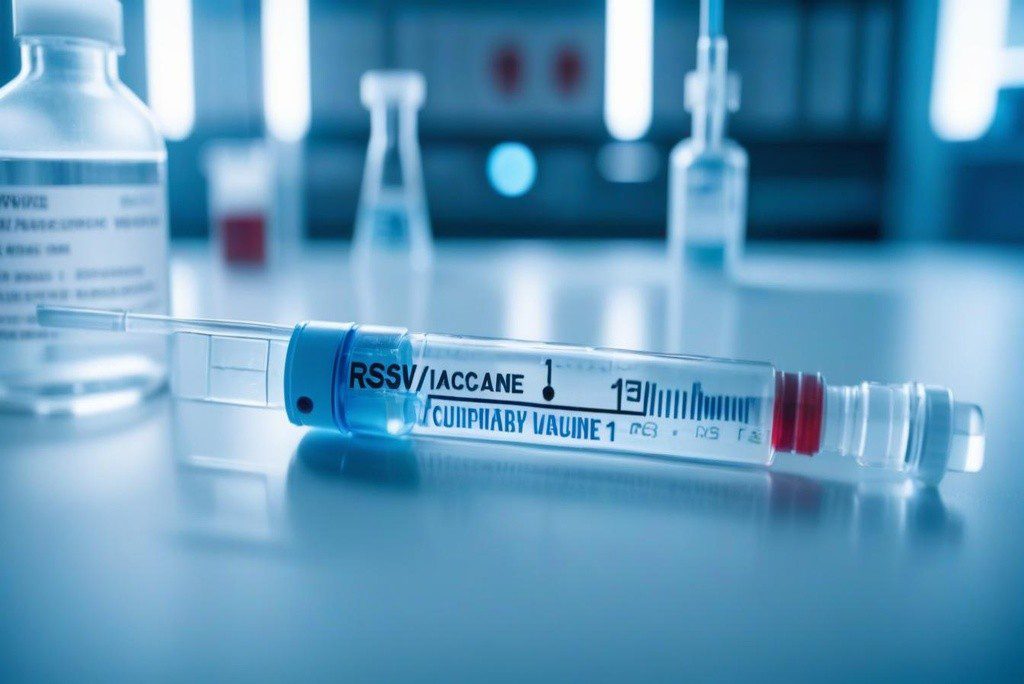
Respiratory syncytial virus (RSV) is a major cause of severe respiratory illness in infants and older adults. After decades of research setbacks, several RSV vaccines were approved in 2023 for older adults and for maternal use during pregnancy to protect newborns.
Pfizer’s Abrysvo and GSK’s Arexvy are leading examples. These vaccines reduced severe RSV disease by around 80% in trials among seniors. For pregnant women, vaccination helps transfer protective antibodies to babies.
Given the global disease burden and hospitalizations caused by RSV, these vaccines mark a significant milestone in infectious disease prevention.
Learn more at FDA RSV Vaccine Approvals.
7. Alzheimer’s Disease Vaccines

Alzheimer’s is among the most feared diseases due to its cognitive decline and lack of a cure. Researchers are developing vaccines aiming to remove harmful beta-amyloid plaques and tau proteins associated with Alzheimer’s progression.
Vaccines like ACI-24 (from AC Immune) are in trials, showing potential to stimulate the immune system without causing harmful inflammation, a problem that plagued earlier attempts.
If successful, such vaccines might delay the onset or slow disease progression, revolutionizing Alzheimer’s care. However, clinical trials remain lengthy, and approval could still be years away.
Stay updated via the Alzheimer’s Association.
8. Malaria Vaccine: A Long-Awaited Victory
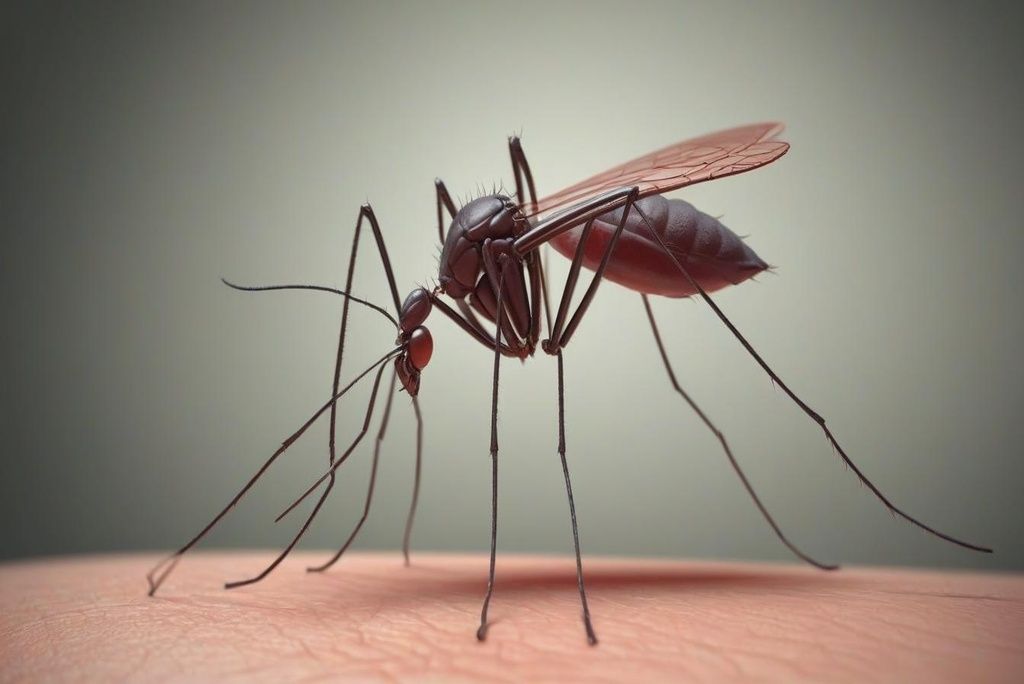
After nearly a century of attempts, the RTS, S/AS01 (Mosquirix) malaria vaccine was recommended by the WHO in 2021 for use in children in sub-Saharan Africa. It reduces severe malaria cases by about 30-40%—modest but significant given malaria’s death toll.
A newer candidate, R21/Matrix-M, showed higher efficacy (around 75%) in trials and is undergoing further evaluation. Vaccination could dramatically lower child mortality in endemic regions.
Despite logistical challenges and cost, these vaccines signal a turning point in malaria control and could eventually complement mosquito-control measures and antimalarial drugs.
Read more on WHO’s Malaria Vaccine Implementation.
9. Norovirus Vaccines
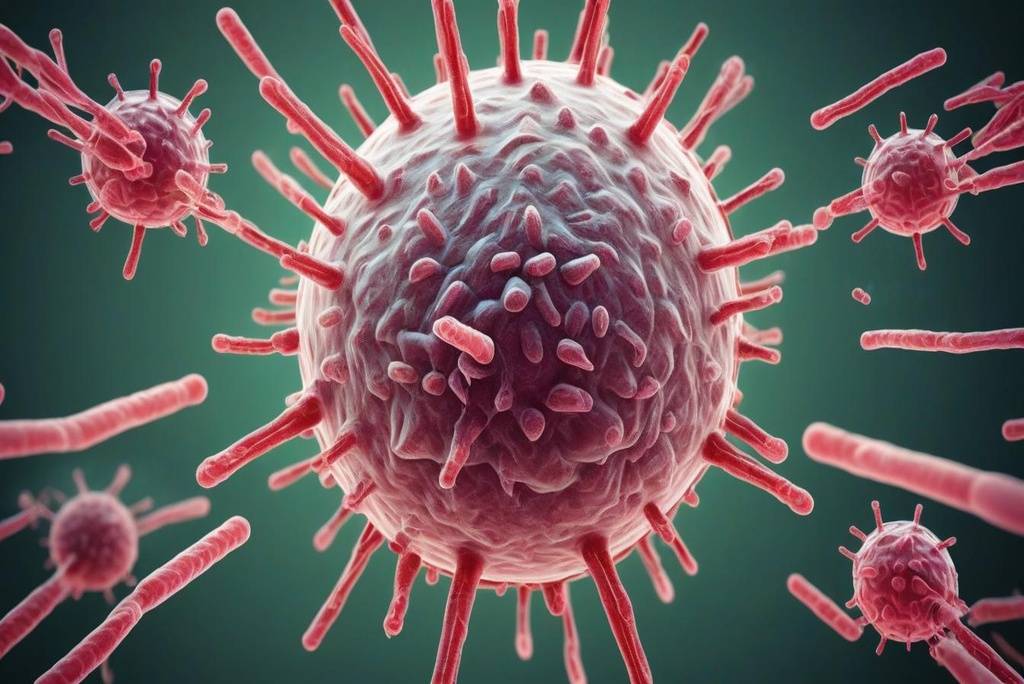
Norovirus is notorious for causing severe gastroenteritis outbreaks on cruise ships, in schools, and in nursing homes. No vaccine is yet approved, but multiple candidates are in trials.
Takeda’s norovirus vaccine, for example, showed partial efficacy in mid-stage trials. The challenge lies in the virus’s rapid mutation and the existence of numerous strains.
A successful vaccine could reduce hospitalizations, lost workdays, and significant economic costs associated with norovirus infections.
Find updates via the National Institutes of Health Norovirus Research.
10. Tuberculosis Vaccines Beyond BCG

The BCG vaccine has been in use for over a century, mainly protecting children against severe TB forms. However, it’s less effective in adults for preventing pulmonary TB, which spreads the disease.
New vaccines like M72/AS01E (by GSK and the Gates Foundation) have shown 50% efficacy in adults with latent TB infection. Although not perfect, such results could dramatically reduce TB incidence if widely implemented.
TB remains one of the world’s top infectious killers, making vaccine innovation critical to achieving global health goals.
Read about developments at Stop TB Partnership.
11. Addiction Vaccines: Tackling Opioid Abuse

Addiction vaccines are under development to block drugs like heroin, fentanyl, and cocaine from reaching the brain. These vaccines stimulate antibodies that bind to drug molecules, preventing them from crossing the blood-brain barrier and triggering euphoria.
A fentanyl vaccine developed at the University of Houston showed promising results in animals, neutralizing the drug’s effects and potentially preventing overdoses.
Challenges include ensuring vaccines don’t interfere with legitimate medical treatments (like opioid painkillers) and maintaining long-term immunity.
Learn more in Scientific American’s coverage.
12. CMV Vaccine for Pregnancy Protection

Cytomegalovirus (CMV) is a common virus that can cause serious birth defects if transmitted during pregnancy. No vaccine exists yet, but Moderna’s mRNA-1647 and other candidates are in late-stage trials.
A successful CMV vaccine could prevent hearing loss, intellectual disabilities, and other severe health issues in newborns, reducing the burden on families and healthcare systems.
Researchers hope mRNA technology may finally unlock progress against this elusive target.
For updates, visit the National CMV Foundation.
13. E. coli Vaccines

Pathogenic E. coli strains, particularly E. coli O157:H7, cause severe foodborne illness, sometimes leading to kidney failure. While cattle vaccination has reduced outbreaks, human vaccines are still experimental.
Companies like LimmaTech and GSK are testing vaccines to prevent severe E. coli infections, particularly in children and travelers.
A successful human vaccine could dramatically reduce hospitalizations and economic costs linked to foodborne disease outbreaks.
More from CDC E. coli Information.
14. Pneumococcal Vaccines

Pneumonia, meningitis, and bloodstream infections caused by Streptococcus pneumoniae kill hundreds of thousands yearly, particularly young children and the elderly. Vaccines like Prevnar 13 and the newer Prevnar 20 protect against multiple strains.
Wider use of pneumococcal vaccines has drastically reduced childhood pneumonia and hospitalizations for elderly adults. However, serotype replacement—where non-vaccine strains rise—remains an ongoing challenge, requiring continuous updates to vaccine formulations.
Find information via CDC Pneumococcal Vaccination.
15. Dengue Fever Vaccines
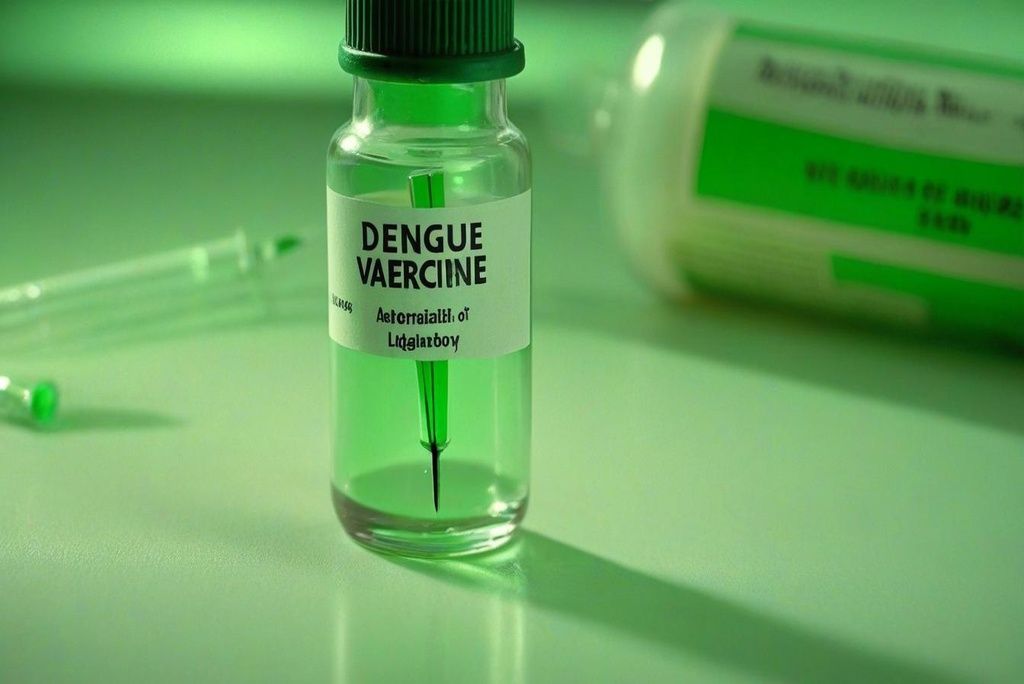
Dengue infects an estimated 390 million people yearly. The disease can cause severe bleeding, organ failure, or death, particularly during a second infection by a different strain.
Dengvaxia was the first licensed dengue vaccine but had limitations, leading to increased severe disease risk in some who’d never had dengue. A newer vaccine, Qdenga (TAK-003) from Takeda, has been approved in Europe and Asia, showing strong efficacy in both dengue-naive and previously infected individuals.
Wider rollout could transform dengue prevention strategies in tropical regions.
Read the WHO’s dengue vaccine position paper.
Disclaimer: This article is for informational purposes only and does not substitute professional medical advice. Always consult healthcare professionals for medical decisions or treatment.

